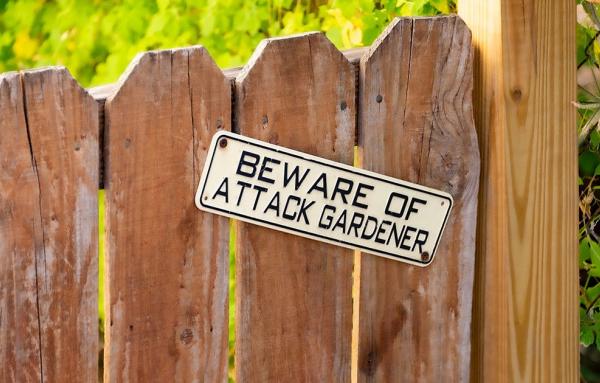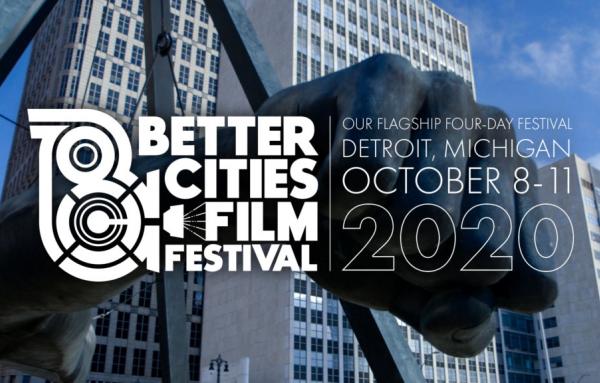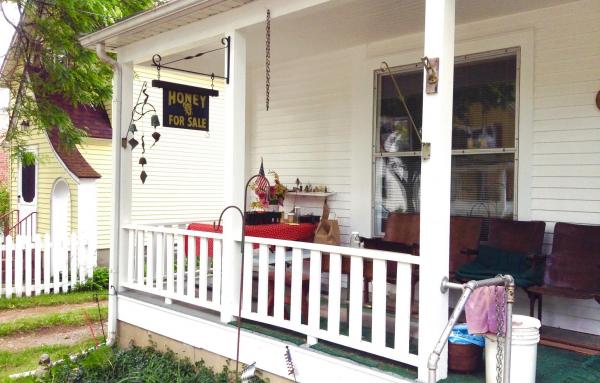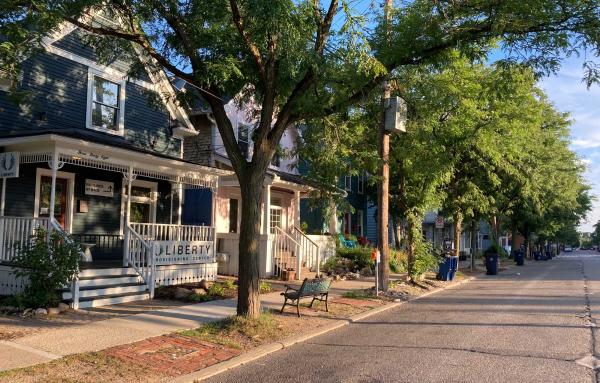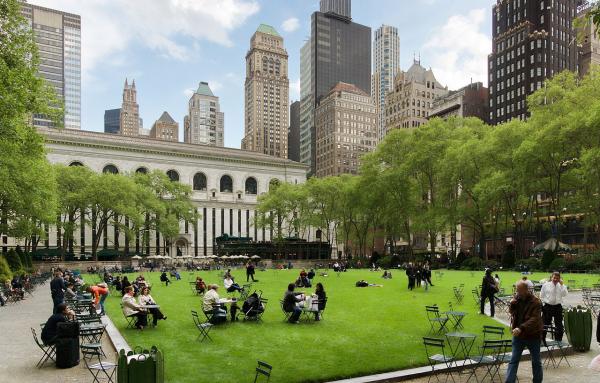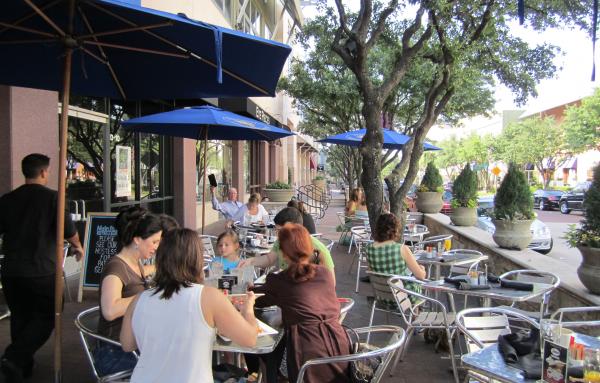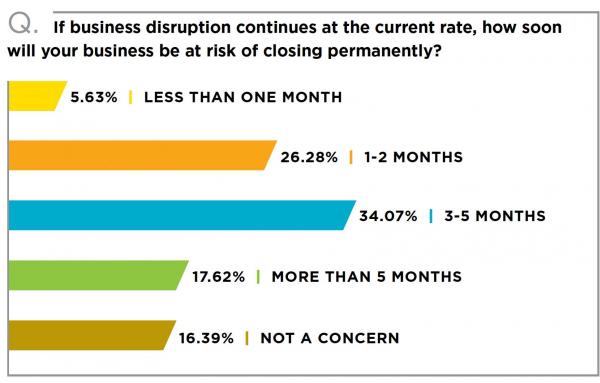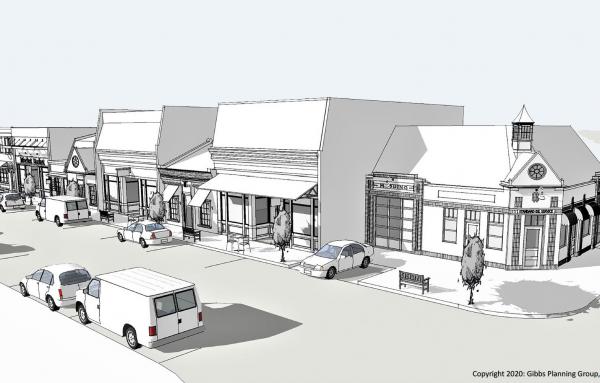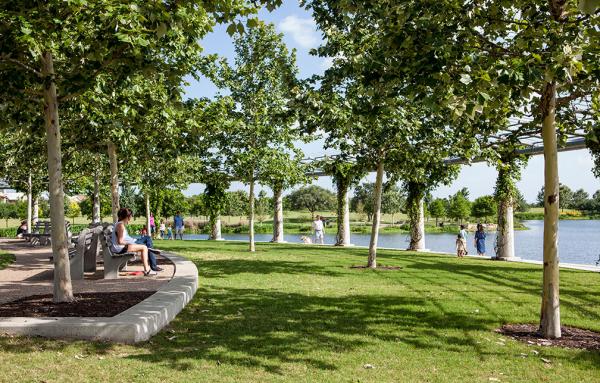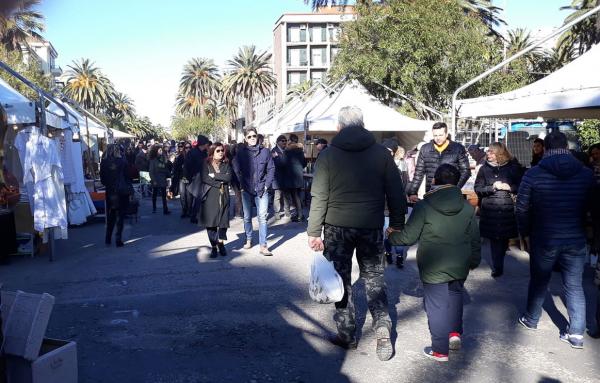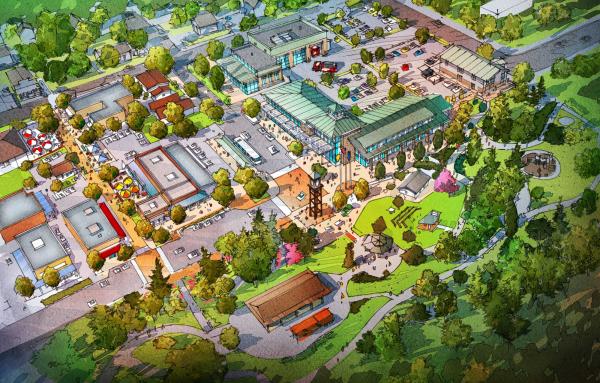Community
Although community gardens are often the most unkempt area of the neighborhood, there is no reason that they can't be beautiful—and here are some ideas to make them so.
Better Cities Film Festival, formerly New Urbanism Film Festival, will screen 81 films on urbanism from 25 countries.
As more residents work from home—even after Covid-19—neighborhoods will include more variety in housing types and the way they are used. Part 2 in a two-part series.
As more residents work from home—even after Covid-19—they can choose where they live. Many will pick walkable neighborhoods where many people work out of their own homes.
Learning from Bryant Park: Revitalizing Cities, Towns, and Public Spaces, is an entertaining and important book for urbanists across America.
Bok converted an abandoned vocational high school into a beehive of affordable workspace and community activity in Philadelphia, Pennsylvania. The project won a 2020 CNU Charter Award in the Block, Street, and Building category for Scout LTD.
A shift to at-home/remote office work might reduce demand for office space—and simultaneously cut commuting and carbon emissions and promote mixed-use urban places.
A shocking number of American small businesses, employing tens of millions of people, are at imminent risk of permanent closure if the crisis continues much longer, according to a survey of Main Street America.
The village center is a walkable urban retail type comprising a small group of shops that allow nearby residents to make quick purchases—often on the way home.
As we conduct a partial retreat from our habitat to our homes and our world becomes smaller we do so knowing that this is temporary, that we social creatures must eventually return to our natural habitat, the city.
The “Angels of Beauty” are a model for how citizens can protect and nurture the public realm.
An unprecedented public process created a long-term recovery plan for the California municipality leveled by fire—and sets a model for responding to a changing world.
